Batman: The Animated Series isn’t just another cartoon; it’s an award-winning experience that to many fans is the ultimate Batman experience, even today in 2024 . Winning a series of accolades including Emmy Awards for its sharp writing and stylish animation, BTAS has become a gold standard not just for animated superhero shows, but television storytelling as a whole. From its meticulous attention to character depth to the iconic voice work, BTAS not only went toe-to-toe with its comic counterparts when it debuted in 1992, but also surpassed them in many ways.
Batman: The Animated Series served up a Gotham City that sometimes felt more alive, more layered, and most importantly, more Batman than the comics releasing at the time. While the entire list could be “invented Harley Quinn,” let’s take a look at nine ways the series didn’t just match the might of the comics—it one-upped them.
9. The Animated Series Created Great Characters
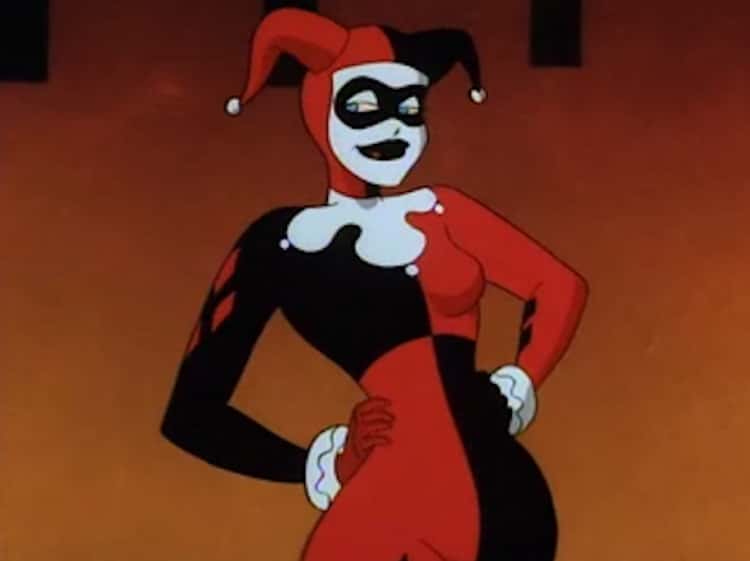
Without Batman: The Animated Series, the 2016 Suicide Squad movie would have been much, much worse than it already was! It’s because of the cartoon that DC now has characters such as Harley Quinn, Baby Doll, and Red Claw to use in their comic books, video games, movies, and other media. The biggest breakout character is Harley Quinn, whose popularity garnered her own comic book series and massive cosplay representation.
Without the animated series, there wouldn’t be Detective Renee Montoya, either. While she was the only regularly featured woman on Gotham’s police force on the TV show, she gained a second life in the comics. Montoya is one of the few lesbian characters in DC comic books and has become a badass hero as The Question. There’s no doubt that DC Entertainment’s comic books benefited from Batman: TAS for decades after it was taken off the air.
8. Batman Sometimes Guest Stars On His Own Show
A Batman comic book mostly stars Batman as Batman doing Batman things, but Batman: The Animated Series sometimes gives Batman a break to allow another person’s story to shine. The show has episodes like “Joker’s Favor,” which stars a regular guy that’s being terrorized by The Joker. Then there is the episode with school kids guarding Batman in their parent’s basement and the one that features a clumsy wannabe thug that kills Batman. There’s even an episode centered on Harley Quinn trying to reform. Most of the time, Batman comic books will focus on Batman and not other characters unless those characters are given their own series.
7. Batman’s Not A Violent Sociopath
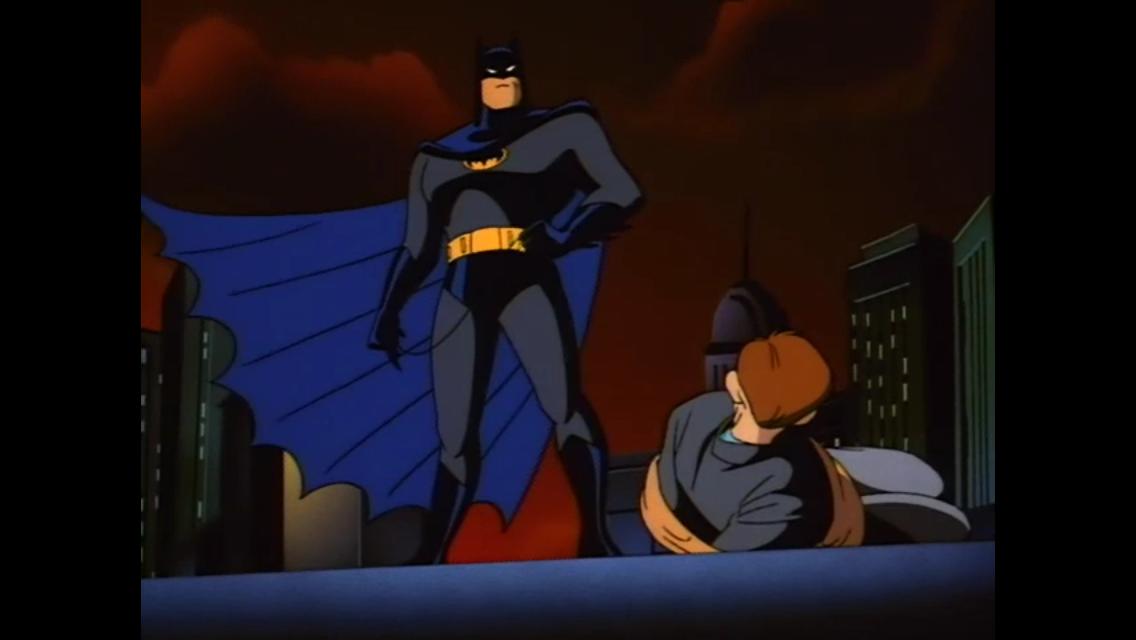
Sure, Bruce Wayne can be a jerk sometimes, but no one is a bigger d*ck than Batman. In most modern comics, Batman is typically depicted as an anti-social, curt, and vicious character. Frank Miller’s work on The Dark Knight Returns or All-Star Batman & Robin are the most blatant examples. He typically views his allies not as friends or family, but as people that work for him or people he begrudgingly has to work with. He has even less sympathy for his villains, even when they try to turn over a new leaf.
But in Batman: The Animated Series, Batman is still a crime fighter that punishes the guilty, yet shows mercy toward villains and concern for his partners. He even risks his own life to give villains the opportunity to reform. Current comic book versions of Batman are likely to be aloof towards his friends at best and nearly cripple his enemies at worst.
6. Comic Books Don’t Have Its Awesome Soundtrack
While there have been many great Batman comic books to read, there are some downsides. Namely, you don’t have a musical score to help establish the mood or tension as you read the comic panels. Batman: TAS has a fantastic musical score with multiple Daytime Emmy nominations for its music composition and direction. Longtime fans of the show sometimes have the bubbly yet sinister Joker’s theme, the haunting theme of Two Face, or the whimsical yet tense Mad Hatter theme dance in their heads when reading stories featuring those characters. Then there are weird audio gems like this that will be stuck in your head all day.
5. The Villains Are Three-Dimensional And Sympathetic

Do you know why most comic villains suck in movies or TV? Because, most of the time, they are evil for the sake of being evil. There’s no clear motivation to why they want to steal, kill, or rule the world. Most villains in Batman: The Animated Series don’t have this problem.
Edward Nigma is pushed to become The Riddler because of getting ripped off and fired from his job. Jervis Tetch became the Mad Hatter because he had no control in his life and wanted the woman he pined for to love him back. Two-Face is a tragic figure whose mental illness manifested into a violent, power-hungry personality. They all have relatable troubles in their lives.
While all of these villains have used their troubles as an excuse to commit crimes, we, as the audience, at least understand why they are this way. Sometimes, we even secretly root for them to succeed.
4. It Expertly Balances Gritty Realism With Fun
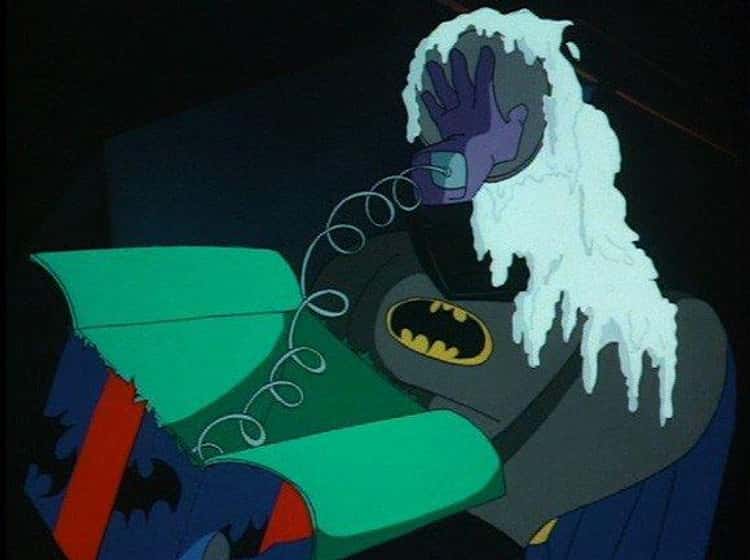
A major criticism for many Batman comics in the past and present is that the stories are either incredibly bleak or borderline camp. Batman: The Animated Series created a world that tackles nightmares and tragedy while also providing humor to lighten the mood. The show is able to make youemotionally vulnerable while still providing a sense of fun, something that is difficult for many Batman comics to accomplish.
3. It Offers Sophisticated Stories For All Ages
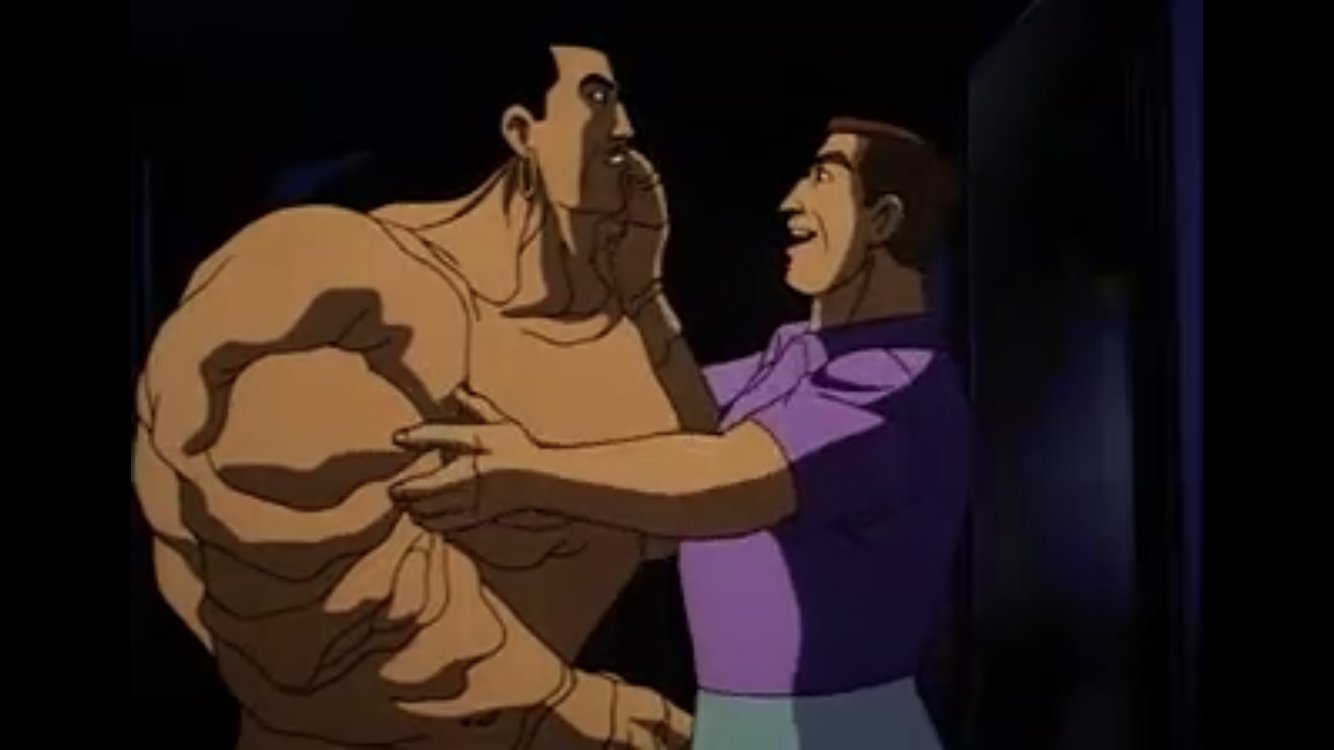
When picking up a Batman comic today, there can be a real question of who the intended audience is supposed to be. Aside from stuff that’s clearly for children, it’s hard for nerdy parents to pick which Batman books are appropriate for their youngsters but can also double as entertainment for themselves. Batman: The Animated Series has that perfect balance of having compelling stories with real-world issues and consequences without being too graphic for the kiddos.
Adults and kids can appreciate Matt Hagen’s inner turmoil and grasp to be the man he once was… along with some fight scenes thrownin for good measure. The show even touches on some rather adult situations and concerns such as child custody, exploitation of the homeless, and gentrification. It’s difficult to find stories that tackle these issues and entertain grown-ups while still being dynamic enough for a child’s attention.
2. It Has The Best Elements From Every Era Of Batman
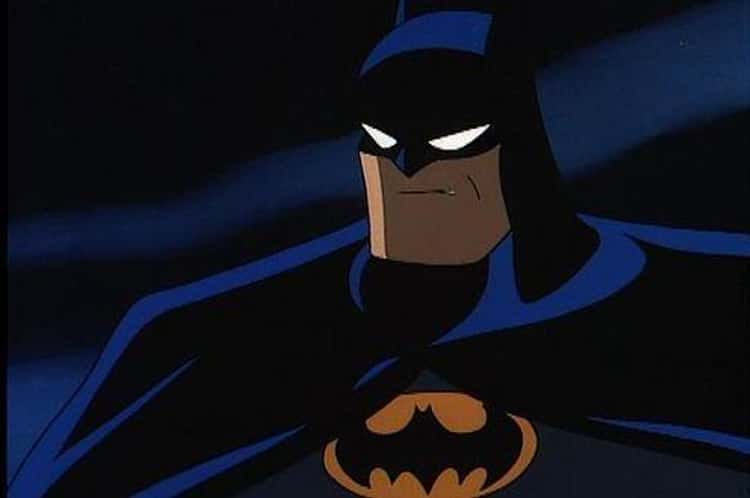
The Batman character has gone through many transformations throughout its 75+ years of existence in comic books. The original Batman killed criminals and even used a gun. Batman in the 1950s and 1960s went on wacky, nearly nonsensical adventures in the name of fun, such as wearing a different colored outfit every night or transforming into a Bat-Baby. The 1970s saw Batman more as an adventurer, while the 1980s portrayed Batman as a vengeance-fueled sociopath. They each had their flaws, with Batman being too goofy, too grim, or lacking any personality at all.
In Batman: The Animated Series, the show borrows from nearly every era of Batman to create a well-rounded character. The show still features Batman as a dark and tragic figure with amazing fight scenes, but he has a compassionate heart without falling into goofy sentiment.
1. It Reimagined Stale Villains

Pop Quiz: What was Mr. Freeze’s first origin story?
If you said, “He was a scientist trying to save his dying wife using cryogenics but was accidentally transformed into a cold man both physically and emotionally,” you’re wrong. Long-winded and wrong.
Mr. Freeze was originally written in the comics as mad scientist that made an “ice gun” and accidentally spilled chemicals on himself, which resulted him needing to be in sub-zero temperatures to survive. That’s it. That was his lame origin. Batman: The Animated Series gave Mr. Freeze an actual character with motivations aside from “I wanna rob this bank with my freeze ray!”
He’s not the only character that was revamped, either. The Riddler’s origin was a carnival barker obsessed with puzzles that turned to crime with a personality that rips off The Joker. The animated Riddler is dapper, obsessed with mind games, and worked in software before going bad. Clayface, in the animated series, combines the origins of the first two Clayfaces in the comics to create a Clayface that was both a tragic figure and a sci-fi monster. The show made some great changes to create compelling characters out of otherwise stock villains.

